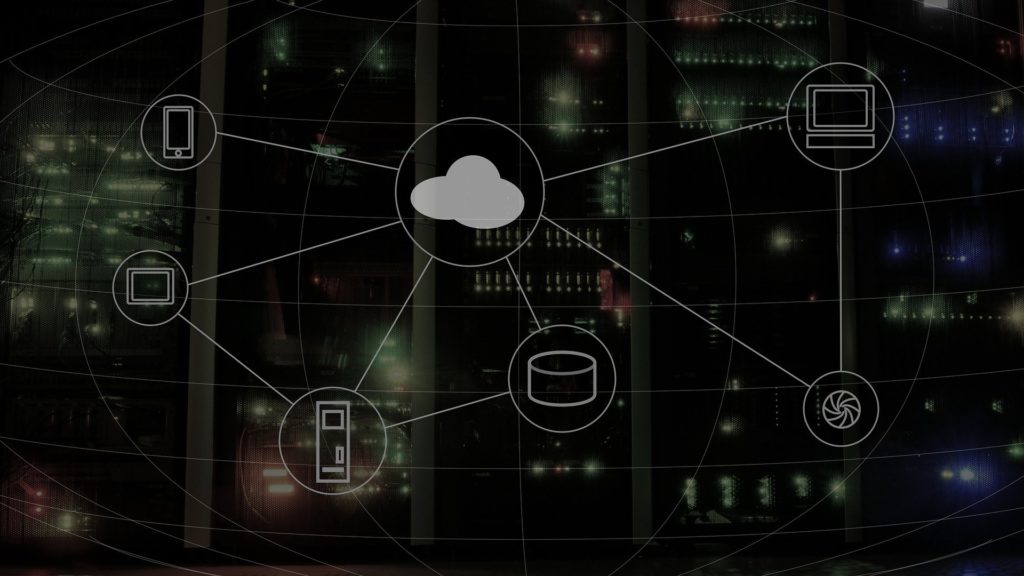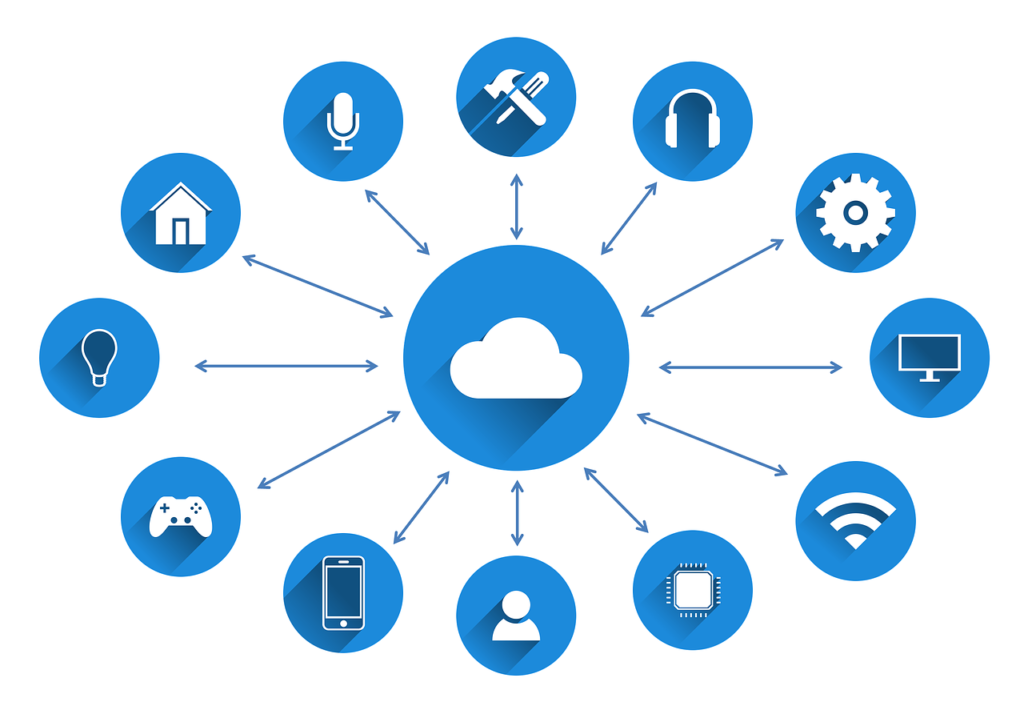Technology has facilitated companies to move from on-premise to on-demand solutions. Organisations need a variety of software platform to perform their operations and they need to select the best one and it is not an easy task. In recent years, we have seen a rapid movement of software to cloud and the most widely used form is SaaS(Service as a Software). SaaS platform offers a lot of benefits and is cost-effective as you don’t have to buy or build your own IT infrastructure, install software, configure the application and maintain everything using an IT department. Saas continues to have a grip on all corners of the business world. But is SaaS a good idea for your company? Let’s know more about this.

What is SaaS?
SaaS (Service as a Software) allows us to access data from any device having an internet connection and a web browser. Now the users can connect to all cloud-based apps over the internet. It is one of the 3 major categories of cloud services. Since SaaS is easy to access, the SaaS model has become common for many types of business applications. Application of SaaS involves email, sales management, financial management, human resource management, billing and so on. SaaS applications are integrated with other software using Application Program Interfaces(APIs).
The rise of SaaS and the rise of cloud coincides with each other. Before SaaS was available, in order to update software companies need to purchase the compact disks containing these updates and download them in the system. For large organisations, they have high software requirements and installing and updating software is a time-consuming task. Then software updates became available through internet and organisations started buying licenses instead of disks. A copy of that software needs to be installed on all devices that need to access it. By using SaaS the users can now log in through internet or web browser and connect to that particular network where the service is provided. So there is no need to install or update software. SaaS is easy to implement, update, debug and is relatively cheap as companies now need to spend their money only on SaaS rather than spending their money on each and every software licence for every computer.

What is multi-tenancy?
It is an architecture where a single instance of software serves multiple tenants. Tenants are customers and each tenant shares the software application and the database but each tenant’s data is isolated and hence the data owned by one tenant is not seen by any other tenants. Multi-tenancy is used by Microsoft Azure and Amazon web services in cloud computing. It is a key part of another cloud model named SaaS (Service as a Software). It allows us to efficiently serve everyone from small customers to big enterprises. Development and maintenance costs are shared and hence total expenditure is reduced and the resulting savings are passed onto the customers. Customers should be given the ability to modify some parts of the application but not modify the code related to the application. Before you set up a multi-tenant application in your company, you should look into both their benefits and limitations.
Benefits of Multi-tenant
There are many reasons for the growing demand for Multi-tenant applications. Let’s see some of them
Cost Factor: Multi-tenant applications allows sharing of resources, databases and even applications. The investment cost is fixed and is shared by many of the tenants and hence per-cost is very low. So now adding new customers won’t cost you much. There is is no need to add any new hardware or applications in the environment. Vendors of multi-tenant application benefit a lot from their architecture as in a multi-tenant application we need to update and manage only one central application and hence concentrate more on other important tasks.
Performance: Multi-tenancy for SaaS architecture is highly efficient as it brings out the best in the cloud environment. Since most resources of the application are shared, this type of SaaS architecture leverages speed, efficiency and reliability that SaaS can offer.
Update and Maintenance: Latest version of the software, features and updates are always provided to you by the vendors. Users do not have to pay for this. It’s easy to maintain or upgrade technology or application as it is to be done only at one centralised point and hence reflected at all other ends. The maintenance cost for the upgrades are shared among all the tenants and hence per cost for each tenant remains a very small amount.
On-boarding new tenants: In a multitenant application, the environment remains the same for every customer. Hence it’s easier to add new customers without any efforts or money and provides a smooth experience.
Scalability: It is easy to scale a multitenant system when compared to a single-tenant system.

